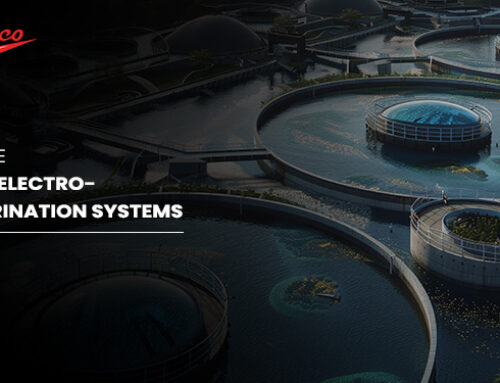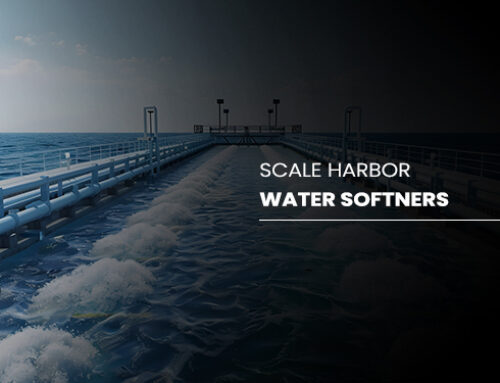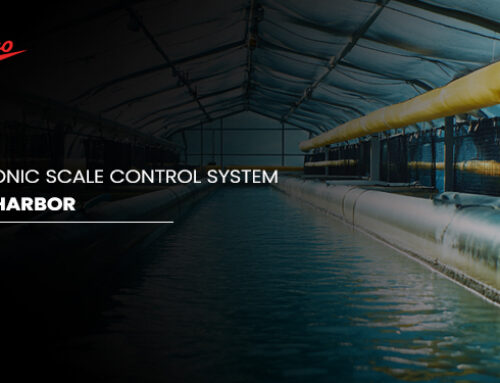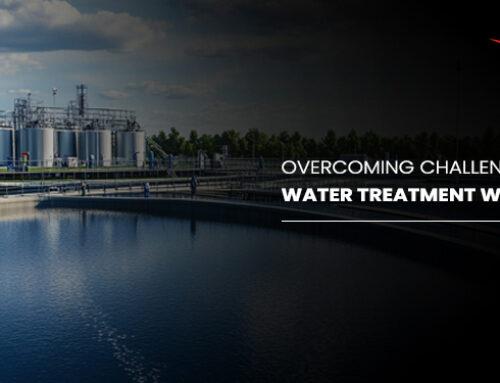Harnessing the Power of the Sea: Seawater Electrochlorination Systems for Sustainable Water Treatment
Introduction:
In the face of growing environmental concerns and the increasing demand for sustainable solutions, Seawater Electrochlorination Systems are emerging as a powerful and eco-friendly approach to water treatment. By harnessing the natural resources of the sea, these systems offer a sustainable and efficient alternative to traditional chemical-based methods.
How Seawater Electrochlorination Systems Work:
These innovative systems leverage the inherent salinity of seawater to generate sodium hypochlorite (bleach) on-site. Through the process of electrolysis, where an electric current is passed through seawater, chloride ions are converted into hypochlorite ions. This on-demand generation of a potent disinfectant eliminates the need for transportation, storage, and handling of hazardous chemicals, significantly enhancing safety and reducing environmental impact.
Key Advantages of Seawater Electrochlorination Systems:
● Sustainability: Utilizing a readily available natural resource (seawater) minimizes reliance on transported chemicals, reducing the environmental footprint.
● Cost-Effectiveness: Eliminates the costs associated with purchasing, transporting, and storing hazardous chemicals, leading to significant cost savings.
● Improved Safety: Eliminates the risks associated with handling, storing, and transporting hazardous chemicals, enhancing workplace safety and minimizing environmental risks.
● Enhanced Efficiency: Provides a continuous supply of disinfectant on-demand, optimizing operational efficiency and minimizing downtime.
● Environmental Friendliness: Contributes to a cleaner environment by reducing the release of harmful chemicals into the ecosystem.
Applications of Seawater Electrochlorination Systems:
●Cooling Water Treatment: Effectively controls biofouling in industrial cooling water systems, improving heat transfer efficiency and reducing maintenance costs.
● Wastewater Management: Disinfects wastewater effluents to meet stringent environmental regulations and protect public health.
●Aquaculture: Disinfects aquaculture ponds and raceways, ensuring the health and well-being of aquatic organisms.
●Ballast Water Treatment: Helps prevent the spread of invasive species by disinfecting ballast water in ships.
Seawater Electrochlorination in India:
India, with its extensive coastline, offers significant potential for the widespread adoption of Seawater Electrochlorination Systems. These systems can play a crucial role in addressing the growing demand for clean water while minimizing environmental impact.
Conclusion:
Seawater Electrochlorination Systems represent a significant advancement in water treatment technology. By harnessing the power of the sea, these systems offer a sustainable, efficient, and environmentally friendly solution for a wide range of applications. As the demand for sustainable and eco-friendly solutions continues to grow, Seawater Electrochlorination Systems are poised to play an increasingly important role in shaping the future of water treatment.





